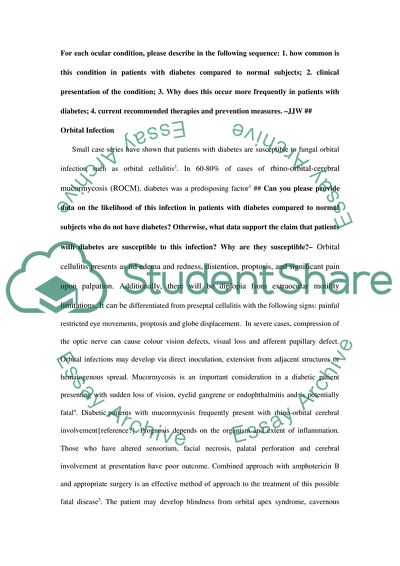Cite this document
(Ocular Manifestations of Diabetes Mellitus Coursework, n.d.)
Ocular Manifestations of Diabetes Mellitus Coursework. https://studentshare.org/health-sciences-medicine/1708587-ocular-manifestations-of-diabetes
Ocular Manifestations of Diabetes Mellitus Coursework. https://studentshare.org/health-sciences-medicine/1708587-ocular-manifestations-of-diabetes
(Ocular Manifestations of Diabetes Mellitus Coursework)
Ocular Manifestations of Diabetes Mellitus Coursework. https://studentshare.org/health-sciences-medicine/1708587-ocular-manifestations-of-diabetes.
Ocular Manifestations of Diabetes Mellitus Coursework. https://studentshare.org/health-sciences-medicine/1708587-ocular-manifestations-of-diabetes.
“Ocular Manifestations of Diabetes Mellitus Coursework”. https://studentshare.org/health-sciences-medicine/1708587-ocular-manifestations-of-diabetes.


